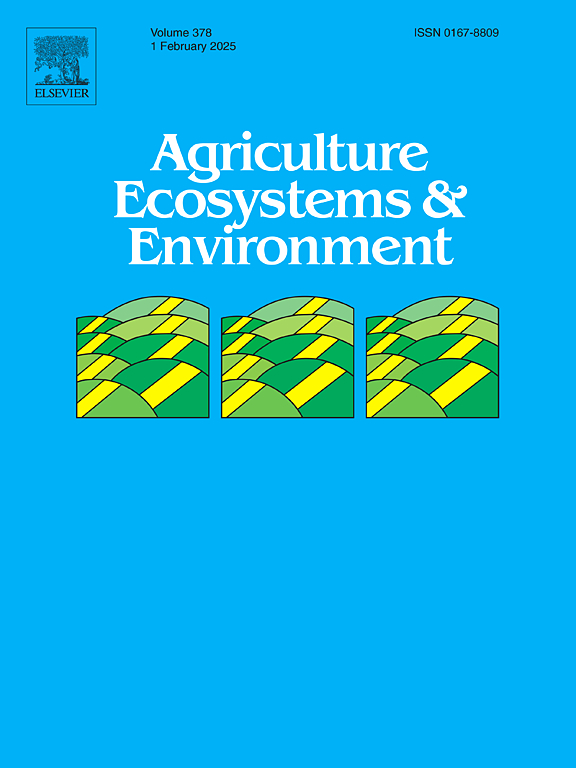The effect of water management and ratoon rice cropping on methane emissions and yield in Arkansas
Abstract
Sustainable intensification of rice farming is crucial to meeting human food needs while reducing environmental impacts. Rice production represents 8% of all anthropogenic emissions of CH4, a potent greenhouse gas. Cultivation practices that minimize the number of days the rice fields are flooded, such as irrigation using the alternate wetting and drying (AWD) technique instead of continuous flooding (DF) can potentially reduce CH4 emissions. Ratoon cropping, wherein a second crop of rice is grown from the harvested stubble of the first crop, can produce additional yield with minimal labor but may generate more CH4 than single cropping. The objectives of this study were first to test different water management regimes for their impact on yield and CH4 emissions, and second to investigate CH4 emissions from a ratoon crop and perform an exploratory economic analysis of ratoon cropping. Two adjacent fields in Lonoke County, Arkansas were compared under different irrigation treatments from 2015 through 2020; the 2020 season also included a ratoon crop. Field-scale CH4 emissions were measured using the eddy covariance method at each field. AWD reduced CH4 emissions by 79.5% on average in comparison to DF for the main seasons. Across the field-seasons, the emissions from the main crop ranged from 77.2 to 132.5 kg CH4-C ha−1 under DF and from 7.1 to 40.7 kg CH4-C ha−1 under AWD. The ratoon crop generated emissions from 39.7 to 50.7 kg CH4-C ha−1, up to a 3.6-fold increase from the main crop of the same year. CH4 emissions from the ratoon crop in this study were much lower than those found in previous ratoon studies. The ratoon crop yield was 13% that of the main crop yield on average but there was no significant difference in yield between irrigation treatments for the main seasons.

 求助内容:
求助内容: 应助结果提醒方式:
应助结果提醒方式:


